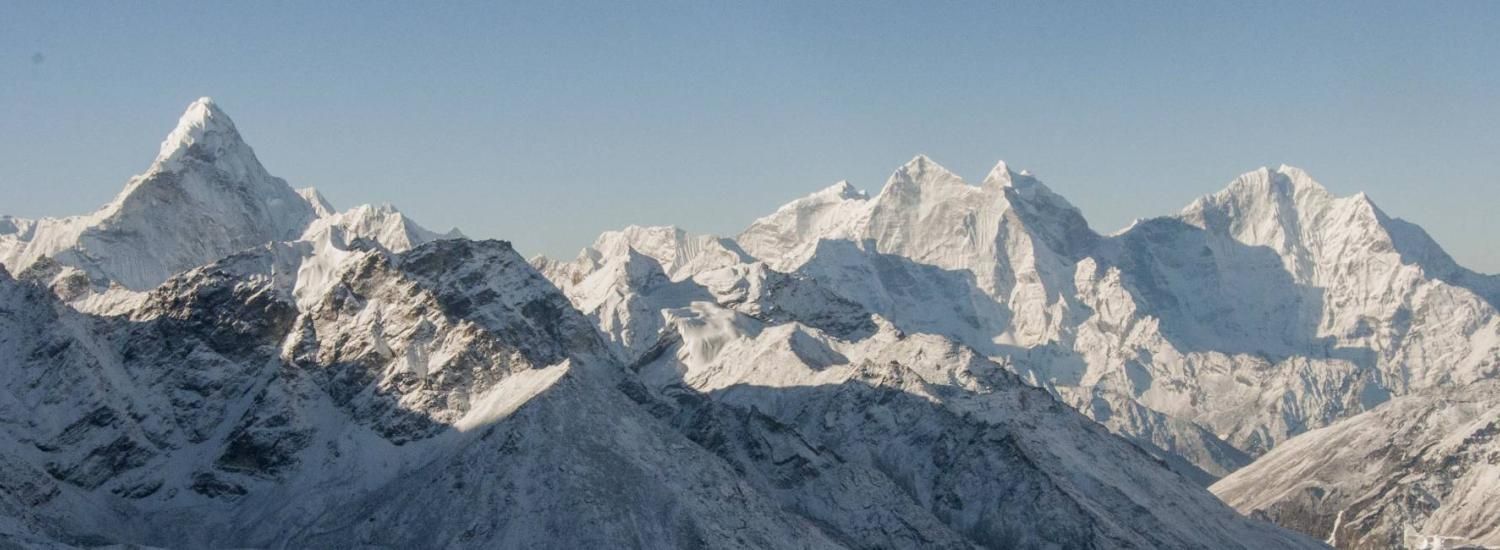Errors in climate science may hide real risks
New study shows that false-negative errors may be just as important as false-positives

Understating the effects of climate change could be as costly and dangerous to human well-being and economics as overstating the impacts, according to the authors of a new analysis published today in the Bulletin of the American Meteorological Society.
“Scientific papers and assessments such as the Intergovernmental Panel on Climate Change (IPCC) may err too much on the side of caution,” said lead author William Anderegg, a postdoctoral researcher at Princeton University in New Jersey. “Such hedging can prevent decision makers and the public from understanding the full range of risks.”
Anderegg and his co-authors, including Cooperative Institute for Research in Environmental Science (CIRES) Fellow Max Boykoff, evaluated “type 1” and “type 2” errors related to IPCC reports released in 2007. Type 1 errors are false positives. These would include, for example, a case in which scientists accidentally identify a stronger relationship between a certain type of weather pattern and climate change, than exists in reality. In a type 2 or false-negative error, scientists might inadvertently fail to identify a real relationship, concluding that none exist.
Boykoff is also an associate professor in the University of Colorado Boulder Environmental Studies Program.
Anderegg, Boykoff and their colleagues examined two scientific topics widely covered by the media during 2007: The IPCC’s estimates of future sea level rise, which were relatively low compared to other sea level rise estimates; and a well-publicized typo in Himalayan glacier melt rates, which amounted to an overstatement. The researchers described the latter as a possible “type 1” error.
“Climate scientists are very aware of type 1 errors, and are very averse to them,” Boykoff said. “No one wants to make a mistake like reporting a too-high figure for Himalayan glacier melt rates. But in an attempt to avoid these kinds of errors, scientists may accidentally make more type 2 errors.”
In the case of sea level rise, for example, scientists involved in the IPCC report of 2007 chose to be extremely conservative in estimating future likely sea level rise, because of some uncertainty regarding how major land ice sheets, such as on Greenland and Antarctica, will behave in a warmer world. The IPCC report carefully noted the fact that such land ice was not included in the 2007 analysis, and was a reason for the low estimate. However, only about 30 percent of media reports mentioned that important caveat.
“Type 2 errors can hinder communication of the full range of possible climate risks,” the paper concluded.
The authors argue that climate scientists, and those in other policy relevant fields such as medicine, must better recognize both type 1 and type 2 errors. They urge that scientists accurately report the full range of possible outcomes, even if improbable, controversial or poorly understood.
“Climate change is fundamentally a problem of managing risk,” Anderegg said. “In order to do that as a society, we have to know the full range of possible futures from the science. The available evidence suggests that in many crucial areas climate science likely understates these risks.”
CIRES is a partnership of CU Boulder and NOAA.
Authors of “Awarness of Both Type 1 and Type 2 Errors in Climate Science and Assessment,” published in the Bulletin of the American Meteorological Society October 30, include William Anderegg (Princeton University), Elizabeth Callaway (University of California, Santa Barbara), Maxwell Boykoff (CIRES and CU Boulder), Gary Yohe (Wesleyan University), and Terry Root (Woods Institute for the Environment, Stanford University).